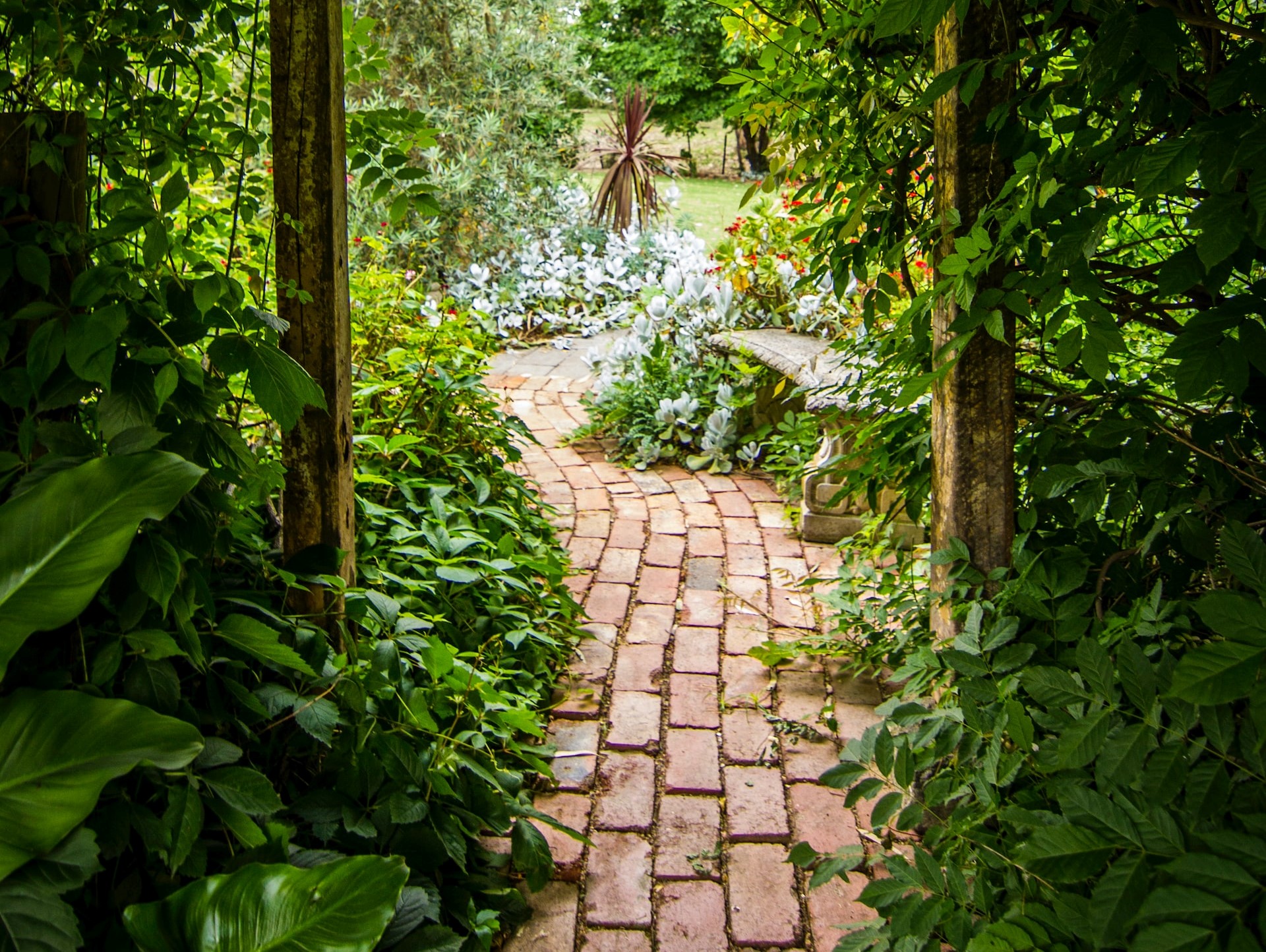
Nowadays, paths in the garden are very popular. Decorative can be an additional decoration of the entire yard. What can they be made of?
The times when paths in the garden resembled trodden paths are long gone. Nowadays they should not only be functional, but also look nice. It is also important that they harmonize with the other elements of the environment.
When designing paths, however, attention should be paid not only to their aesthetics, but also to their durability. Make sure that they are resistant to weather conditions and have a non-slip surface, which will minimize the risk of falling for its users. So what material is it worth making them out of?
Currently, concrete slabs and blocks are very popular when it comes to garden paths. Users appreciate the fact that they are not too expensive, and are very resistant, so they can serve for many years intact. Another plus is that they are available in different shapes, sizes and colors. Thus, they can be matched to different garden arrangements.
We can find concrete blocks that imitate stone, clinker bricks or wooden paving. They can not only be used in the garden, but also on the terrace.
An interesting idea, which is increasingly appearing on various construction forums, are clinker brick paths. They are very resistant, hard, and their color does not fade when exposed to the sun. They can be laid in interesting patterns and in the popular herringbone pattern. The most popular are paths made of aged brick, which is additionally protected with impregnation. Crushed bricks are also a cool option.
However, construction bricks are not suitable for paths, as they can easily be damaged by various weather conditions.
Stone paths are probably the oldest and most durable. In this case, you can use field stones of different sizes or use special stone slabs, which is a cool, albeit rather expensive solution. These, however, can be laid directly on the lawn. In the case of country-style, wooden or log houses, a cool idea is to lay so-called pebbles, or field stones.
The downside of stone paths is undoubtedly that in places where the sun rarely reaches, moss often appears, so the surface can be slippery. Therefore, you should then reach for matte, rough stones that will provide more grip.
Manufacturers offer a variety of stones, the usual choices for garden alleys are basalt, granite, quartzite, porphyry and sandstone. All of them are very durable, so they will last up to several decades.
Those who want the garden to look natural can pave gravel paths. Such alleys look best next to country and English houses. Besides, they are cheap and easy to make. Unfortunately, they also require regular care, you need to pull weeds out of them and re-pave from time to time, because pebbles can move during use.
main photo: unsplash.com/Tim Cooper